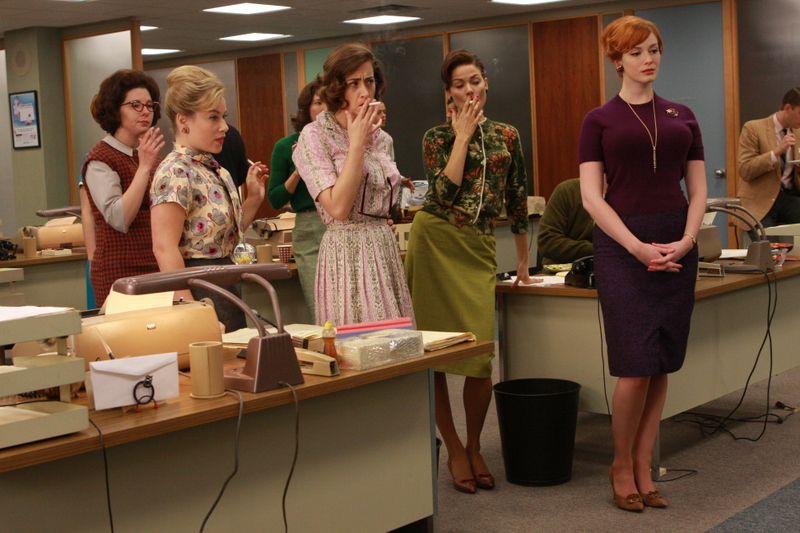Managers Who Undermine the Meaningfulness of Work
To gain access to all Ideas for Leaders content please Log In Here or if you are not already registered then Register Here.

A sense of working toward something meaningful is absolutely central to our happiness and well-being. Sadly, many senior executives undermine their employees’ creativity and productivity by inadvertently denying them this meaning. There exist common traps which even the best-intentioned managers will fall foul of in this regard. A loss of meaningfulness in the work lives of employees has obvious long-term implications for the overall health of an organization. This Idea identifies those traps and shows how we can avoid them.
To read the full text on this Idea you will need to log-in or register with the Ideas for Leaders site. Please click here to log-in and here to register for the first time.
If you are a member of one of our Sustainable Leadership Communities you can log-in using your SLC log-in details, with your email prefixed by the community group you are in. eg: uk.jane.fraser@abcgroup.com

Ideas for Leaders is a free-to-access site. If you enjoy our content and find it valuable, please consider subscribing to our Developing Leaders Quarterly publication, this presents academic, business and consultant perspectives on leadership issues either as a digital subscription, or better still in a beautifully produced, small volume delivered to your desk four times a year.

For the less than the price of a coffee a week you can read over 650 summaries of research that cost universities over $1 billion to produce.
Use our Ideas to:
Speak to us on how else you can leverage this content to benefit your organization. info@ideasforleaders.com